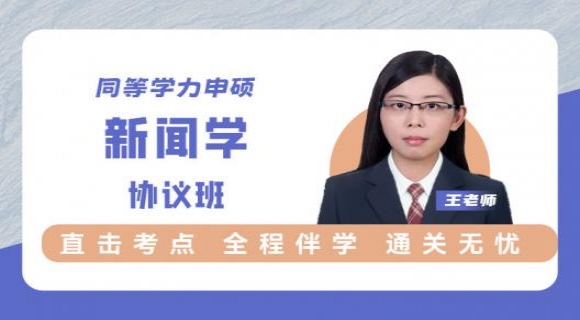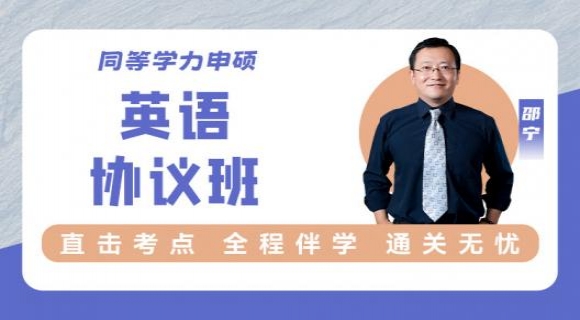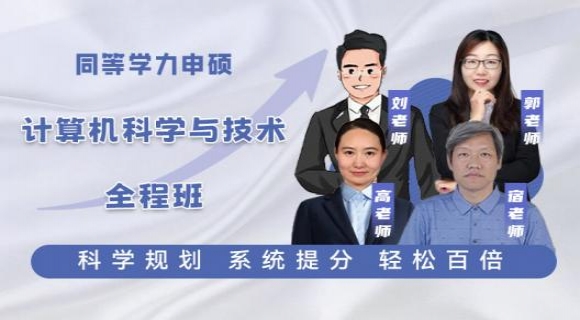天津外国语大学翻译硕士专业学位论文规范(各部分规范样式)内容如下:
On April 24, 2009, TEAGOC was established to supervise the preparation and organization of the 6th East Asian Games. And when the Games completed, TEAGOC filed this official report that includes the planning, organization, celebration and the official competition results of the Games, and presented it to sports organizations’ officials and the participating IOC members at the 32nd EAGA Council Meeting.
The author learned that all the translation tasks for the 6th East Asian Games, which could date back to September 2010, were done by professors and MTI students at Graduate School of Translation and Interpretation of Tianjin Foreign Studies University (TFSU). Those who participated in the translation tasks for the 6th East Asian Games were student translators for Jin Wan Bao (JWB)—a Tianjin-based newspaper. But when this official report was issued, those JWB student translators have already graduated from TFSU in June 2014.
After a semester’s hard work, the author was selected into the JWB translation team. Therefore, to finish this translation project entrusted by TEAGOC and guarantee the translation quality, Prof. Li Jing gave the Official report of the 6th East Asian Games and other presentation materials to the author in August 7, 2014 in the format of Microsoft Word documents.
2.2 Content of the translation project
In the Official report of the 6th East Asian Games, it details the planning, organization, celebration and the official competition results of the Games. This official report, with 15,883 words in total, consists of 11 chapters: Basic Information, Welcoming Activities, Welcoming Ceremony, Opening Ceremony, Competition Organization, Competition Calendar, Organizational Guarantee, Closing Ceremony, A Highly Appreciated Games, Financial Report and Thanks. Because TEAGOC has already had the chapters of Overview of Tianjin and Thanks done, the author only translated the rest nine chapters of this official report.
As for the presentation material delivered at the 32nd EAGA Council Meeting, it was compiled by TEAGOC with 2,945 words mainly writing about some efficient working ideas and precious experience accumulated during the preparation and implementation stage of the Games, such as improvements in the organizational and institutional construction of the Games; the advocacy of “competition-oriented” philosophy; successful experience learned from large-scale sports events held at home and abroad; best possible services for every guest; and new ways of holding sports events frugally yet with high-efficiency.
2.3 Translation brief
According to Christiane Nord: “A translation process is usually initiated by a consumer or “initiator” (INI.), approaching a translator (TRL) because they need a certain target text (TT) for a particular target addressee or receiver (TT-R). It might also happen that it is precisely the initiator who wants to understand in the target language (TL) a certain source text (ST) written in a source language (SL) by a source-language sender (ST-S) under the particular conditions of the source culture (SC).” (Christiane Nord, 2007: 6)
In Translation As A Purposeful Activity-Functional Approaches Explained, Nord said: “The translation brief should contain (explicit or implicit) information about:
l The (intended) text function(s)
l The target-text addressee(s)
l The (prospective) time and place of text reception
l The medium over which the text will be transmitted, and
l The motive for the production or reception of the text. (Christiane Nord, 2001: 60)
Without translation brief as the basis of choosing translation strategy, translation could be seen as a blind activity. Translation brief specifies what kind of translation the initiator or the person who plays the role of initiator wants. There is no doubt that in translation, senders of the ST and receivers of the TT are totally different in that they speak different languages and belong to different cultures. Therefore, both of the two parties need find someone who is familiar with both languages and cultures, and is willing to play the role of a translator or a mediator between them.
The Official Report of the 6th East Asian Games and other presentation materials was drafted by TEAGOC which are about 18,820 words in total aiming to present to the target addressees—sports organizations’ officials and the participating IOC members—for inspection; and the translator who is also the author of this thesis received this translation project from Prof. Li. As for the deadline, the initiator required the translator to complete this translation task within 30 days starting from the day he received it, that is, from August 7 to September 7; as for the requirements for the translation task, the initiator stressed the authority of this official report and other presentation materials, and Prof. Li required the translator to follow the standards on Jin Wan Bao translation.
Therefore, the initiator demanded that the function of the rendered version should be equivalent to the STs, that is, to achieve the informative function—the planning, organization, celebration and the official competition results of the East Asian Games, and the expressive function—the small proportion of descriptions of the Games’ mascots, emblem, and medals as well as the presentation materials.
To receive favorable responses from sports organizations’ officials and authorities of the participating countries and regions, the translator bore in mind to translate this translation project as close as possible to the meaning of the STs, and make some arrangements when necessary in order to make it easier in understanding and publicizing.
However, the translation brief did not tell the translator how to start with this translation project, what translation strategy and translation type the translator should choose accordingly. In light of these above facts, the translator, guided by translation theories put forward by German functionalists, translated it in a concise and easy-to-understand way and handed it over to the initiator in time.
l 每一段落的首行都应缩进5格或一个制表符(TAB)的距离。段落的首行缩进不得出现不一致的情况。
l 二级或二级以下的标题一般不超过一行。
l 在英文撰写的论文中引用中文著作或者期刊,括号夹注中只需用汉语拼音标明作者的姓氏,不得使用汉字.
附件10 APA参考文献格式
References
American Psychiatric Association. (1987). Diagnostic and statistical manual of mental disorders (3rd ed., rev.). Washington, DC: Author.
Campbell, J. P., Campbell, R. J., & Associates. (Eds.). (1988). Productivity in organizations. San Francisco, CA: Jossey-Bass.
Ember, Melvin and Carol Ember, eds. Countries and Their Cultures. 2001.
Virtual Reference Library. Gale. MCC Libraries, Rochester, NY. 16 Dec. 2005 .
Freudenheim, M. (1987, December 29). Rehabilitation in head injuries in business and helath. New York Times, p. D2.
Gopinath, Sumanth. “Ringtones, or the Auditory Logic of Globalization.” First Monday: Peer Reviewed Journal on the Internet 10.12 (2005). 19 Dec. 2005 .
Kaku, Michio. "Is Time Travel Possible?" PBS Online. 11 Feb. 1998.
15 Feb. 1998kaku1-1.html>.
Michotte, A. E. (1963). The perception of causality (T. R. Miles & E. Miles, Trans.). London: Methuen. (Original work published 1946)
Rossi, P. H. (1989). Down and out in America: The origins of homelessness. Chicago: University of Chicago Press.
Roediger, H. L. (1990). Implicit memory: A commentary. Bulletin of the Psychonomic Society, 28, 373-380.
Thompson, L. (1988). Social perception in negotiation. Unpublished doctoral dissertation, Northwestern University, Evanston, IL.
Tulving, E., & Schacter, D. L. (1990). Priming and human memory systems. Science, 247, 301-305.
VandenBos, G., Knapp, S., & Doe, J. (2001). Role of reference elements in the selection of resources by psychology undergraduates. Journal of Bibliographic Research, 5, 117-123. Retrieved Oct. 13, 2001, from https://jbr.org/articles.html
Wilson, S. F. (1990). Community support and integration: New directions for outcome research. In S. Rose (Ed.), Case management: An overview and assessment (pp. 13-42). White Plains, NY: Longman.
林汝昌 (Lin, Ruchang). (1996). 教学语言--- 一个仍有待研究的问题. 外语界(2), 23-28.
李大伦 (Li, Dalun). (1998). 经济全球化的重要. 光明日报,12-27, (3).
钱冠连 (Qian, Guanlian). (2000). 对比语言学者的历史重任. 杨自俭. 英汉语比较与翻译. 上海:上海外语教育出版社.
申丹 (Shen, Dan). (2001). 叙述学与小说文体学研究(第2版). 北京:北京大学出版社.
张德明 (Zhang Deming). (1997). 诗歌意象的跨文化比较. 中国比较文学 (2),










